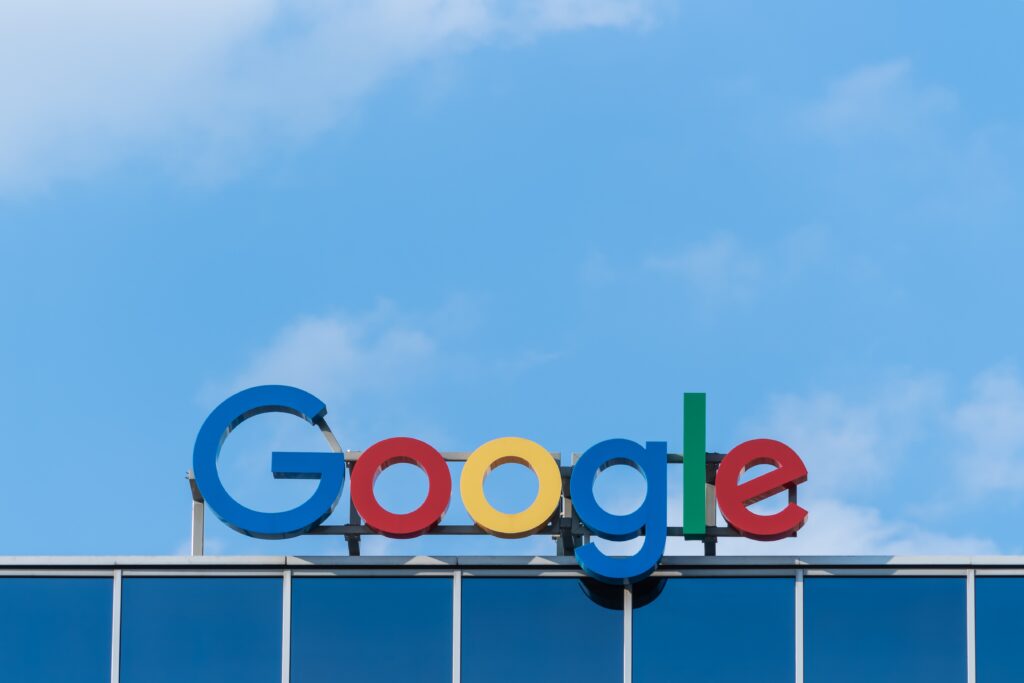Launching a new website can be a very sensitive time because it always generates mixed feelings for both designer, client and client’s customers.
The designers can experience excitement that the creation they have worked so hard on for several months is finally ready to go out into the big wide world and be seen by hundreds or even millions of people.
They can feel relief that the endless discussions, compromises and design creation and submission are over
They can worry that their client may not ultimately like the finished result no matter how much talking and research has been carried out and however much agreement has been reached.
They will also suffer a feeling of sadness because something that they have been working on so closely for so long is now finished.
The client and the clients customers will also go through a gamut of emotions when a new site is launched.
Within the client company some will like it others may not – for a whole variety of reasons.
Some customers may welcome the new site whilst others may prefer the old site as they were used to it and felt comfortable with it.
These mixed feelings can become an issue. Consequently, there is a need to manage the transition from old to new and this can be done quite easily by launching the new website in controlled phases.
This approach has several advantages for both client, designer and most importantly, the client’s customers. Here are just a few:
- The client can spread the payments for the web-site development over a longer period of time by agreeing a fixed monthly fee. This helps both the client’s and the designer’s monthly budgeting and cash flow management.
- The feedback from the clients customers can be gathered over a period and allows for inclusion in the next phase. This enhances the “caring for our customers” approach and makes customers feel that their comments are appreciated and taken on board.
- New ideas and technology can be incorporated into each new phase.
- The client’s customers will become used to the steady development of the site and become involved in its progress.
Phased development also works for brand new websites. For example, the first phase could be to get a presence on the internet whilst also providing an important demonstration tool for the sales team. The second phase would be to add more descriptive content and the third phase would be to include market feedback.
The advantage gained from websites being developed in phases is a flexibility in the time line. If a product needs to be launched before the site can be completed then phase development is the best choice. The product can then be brought to market, demonstrated and, hopefully, be sold while the second and subsequent phases are being created.
So in summary phase development has several advantages over a simple one-time site development. The client gets to spread the cost whilst the site and product/service launch can develop over a natural time period period involving market and customer feed-back.
Keep Smiling
Gem


